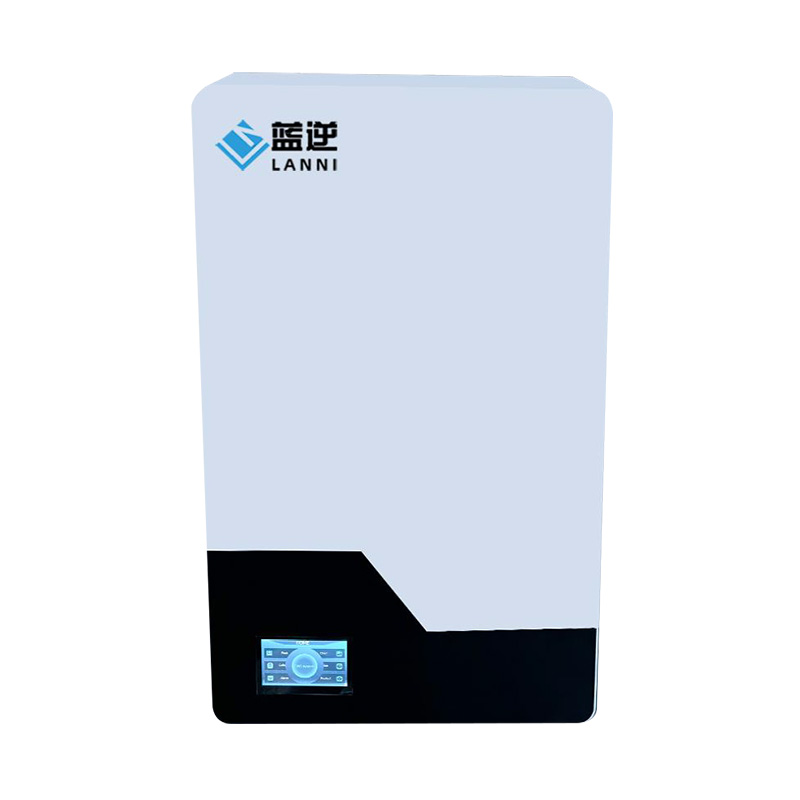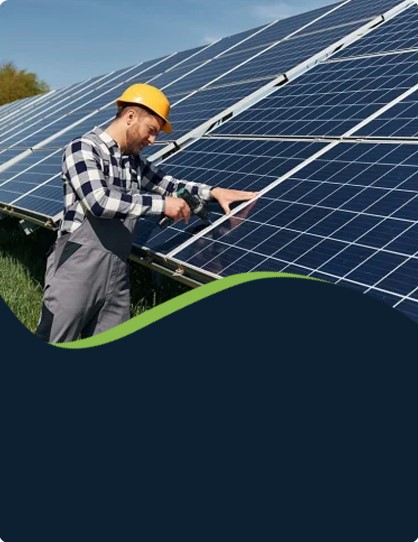
-
[email protected]

-
Building 1, No. 21 Shengfa Road, Lucheng District, Wenzhou, Zhejiang, China


PV Modules devices, which harness the power of the sun to generate electricity, are increasingly being recognized for their potential to transform the way we produce and consume energy.
The evolution of PV modules has been marked by significant technological advancements that have enhanced their efficiency and reliability. Early PV modules were relatively inefficient and expensive, limiting their widespread adoption. However, ongoing research and development have led to substantial improvements.
One key area of progress is the development of thin-film PV modules. These modules use layers of semiconductor materials that are much thinner than traditional silicon wafers, reducing material costs and making them more flexible and lightweight. This flexibility allows for a wider range of applications, including integration into building materials and portable devices. Additionally, the efficiency of thin-film modules has been steadily increasing, making them a competitive alternative to traditional silicon-based modules.
Another important advancement is the improvement in the durability and lifespan of PV modules. Modern modules are designed to withstand harsh environmental conditions, including bad temperatures, humidity, and UV exposure. This resilience ensures that PV systems can operate reliably over long periods, providing a stable source of energy.
The versatility of PV modules has facilitated their integration into a variety of sectors, each with unique energy needs and challenges. In the residential sector, PV modules are increasingly being installed on rooftops, providing homeowners with a means to generate their own electricity. This not only reduces reliance on grid power but also lowers energy bills and enhances energy independence. Many residential PV systems are equipped with energy storage solutions, allowing excess energy to be stored and used during periods of low sunlight or high demand.
In the commercial and industrial sectors, PV modules are being used to power large-scale operations. Companies are installing PV systems on rooftops, parking lots, and open land to meet a portion of their energy needs. This not only helps to reduce operating costs but also enhances corporate sustainability efforts. Additionally, PV modules are being integrated into the design of new commercial buildings, contributing to the concept of net-zero energy buildings.
The agricultural sector is also benefiting from PV technology. Farmers are using PV modules to power irrigation systems, lighting, and other equipment, reducing their reliance on diesel generators and grid electricity. This not only lowers costs but also smalls the environmental impact of agricultural operations.
The environmental benefits of PV modules are substantial. By generating electricity from sunlight, PV systems produce no greenhouse gas emissions or air pollutants during operation. This makes them a clean and sustainable alternative to fossil fuels, helping to mitigate climate change and improve air quality. The widespread adoption of PV modules can significantly reduce the carbon footprint of the energy sector, contributing to global efforts to limit temperature rise.
Economically, the cost of PV modules has decreased dramatically over the past decade, making solar power more affordable and accessible. The declining costs, combined with government incentives and subsidies, have spurred rapid growth in the solar industry. This growth has created jobs in manufacturing, installation, and maintenance, boosting local economies. Additionally, the reduced operational costs of PV systems provide long-term financial benefits for both residential and commercial users.
PV modules are a critical component in the transition to a sustainable energy future. Their ability to generate clean, renewable electricity from sunlight offers a powerful solution to the challenges of climate change and energy security.

Your email address will not be published. Required field are marked*
